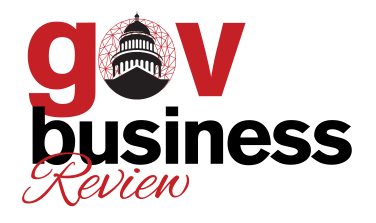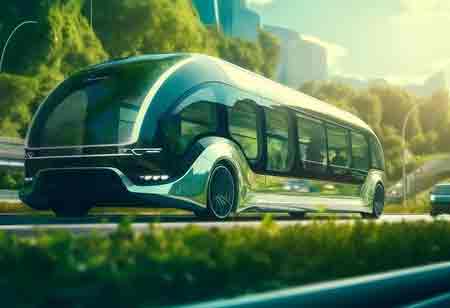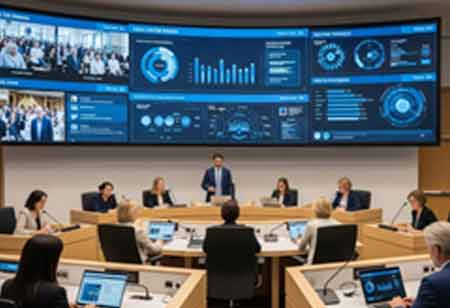Thank you for Subscribing to Gov Business Review Weekly Brief
The Art of Urban Planning

By
Gov Business Review | Monday, March 17, 2025
Stay ahead of the industry with exclusive feature stories on the top companies, expert insights and the latest news delivered straight to your inbox. Subscribe today.
Urban planning integrates land, buildings, roads, public areas, and transportation. Through strategic project execution, stakeholder participation, and cutting-edge technology, it strikes a balance between sustainability and community demands for resilient, sustainable urban development.
Fremont, CA: Urban planning includes land, buildings, roads, public areas, transit, infrastructure, economic development, and the environment, among other elements of city life. A strategic approach is necessary for effective urban planning, which includes defining and executing projects strategically, measuring progress, and setting clear goals.
The Role of Urban Planners
Urban planners play a crucial role in shaping urban landscapes by balancing sustainable resource usage and community requirements. They plan out the future of cities, create layouts, carry out development plans, deal with urban issues, and interact with stakeholders. In addition to encouraging economic growth and environmental sustainability, this guarantees that decisions about urban design represent the community's desires. Their all-encompassing strategy considers transportation congestion, housing affordability, population increase, climate change resilience, and the general standard of living in cities.
Urban planning and urban design are two different but related fields. Urban planning deals with urban areas' general growth and development, including goals, policies, infrastructure, services, and land use. Urban design focuses on urban areas' distinctive styles and aesthetics, such as streetscapes, public spaces, and building layouts. Urban design gives urban areas life with intricate, visually appealing, and valuable regions, while urban planning supplies the framework.
Urban planning must involve the community to produce plans that represent the requirements and preferences of the local population. Community participation can take many forms, such as open forums, surveys, seminars, and joint planning sessions. Open channels for information exchange and feedback collection promote cooperation, trust, and transparency, which leads to more successful and just urban planning results.
Innovations in Urban Planning
Innovative tools and insights technology brings are transforming urban planning and enabling the development of more intelligent, more sustainable cities. Innovative city solutions optimize traffic flow, energy use, and resource management using sensors, data analytics, and the Internet of Things to monitor urban systems in real-time. GIS offers robust spatial analysis to help with well-informed decision-making. Future developments can be previewed by stakeholders using immersive visuals and 3D modeling. For residents, VR and AR provide engaging experiences that improve comprehension and involvement. Enhancing planning efficacy and efficiency, these developments aid in creating resilient urban environments that tackle today's issues and encourage sustainable development.
Local governments are crucial in establishing policies, carrying out development plans, and urban planning. They supervise land use and zoning laws to ensure safe, sustainable development. In addition to addressing housing affordability and attracting enterprises for economic growth, they also construct effective transportation systems and mitigate the effects of climate change and pollution to safeguard the environment. This all-encompassing strategy encourages sustainable and balanced urban development.






